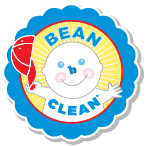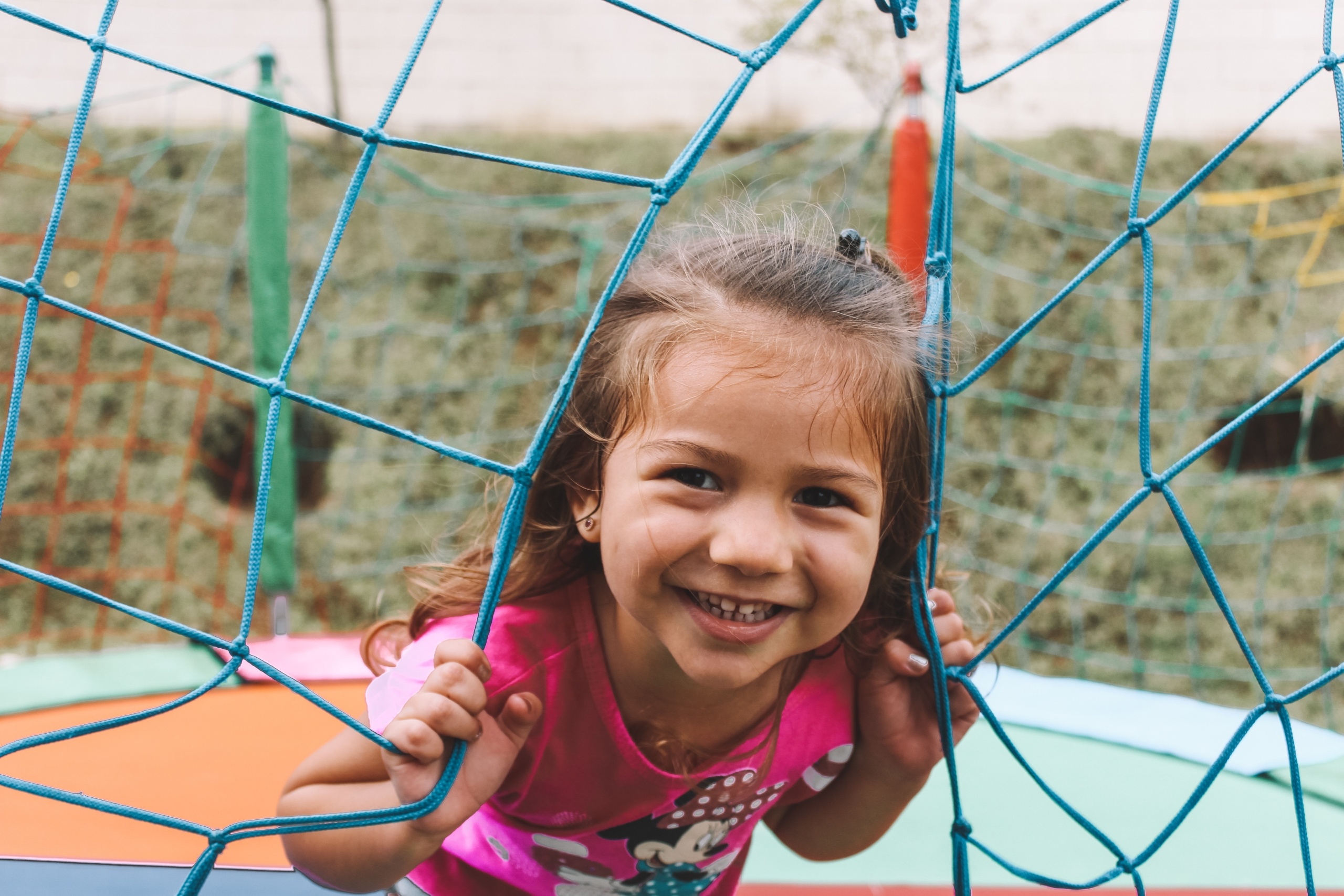How Do You Get Rid of Cradle Cap on a Toddler?
Despite its name, cradle cap can happen to children of any age. This term just refers to the version of seborrheic dermatitis that is specifically diagnosed in infants and babies. Toddlers can get the condition, and importunately there are ways to get rid of it.
In older teens and adults, seborrheic dermatitis can lead to dry skin, dandruff, and flaky patches. For babies and toddlers, the affected areas are more likely to be thick, crusty, and even oily at times.
How do you get rid of cradle cap on a toddler? Fortunately, this condition is fairly common and not that harmless for the most part. Although it’s typically seen in babies under three months old, some will have cradle cap for up to a year or more. The decrease continues with age, with the majority of children “aging out” of cradle cap and related conditions by the time they are four years old.
What Does Cradle Cap Look Like on Toddlers?
This condition is usually found on the scalp, but it may also be present on the face or ears. Common outbreak areas on the face include the eyebrows and eyelids and the sides of the nose. It can also appear elsewhere on the body, where it will typically create shiny, oily red patches in various creases, including the elbow creases, underarms, neck folds, behind the knees, and even in the groin folds. This is not a contagious condition and typically won’t bother the baby.
Cradle cap and other forms of seborrheic dermatitis are created by a yeast overgrowth on the skin, which combines with an overproduction of oil, creating irritation and redness, which then leads to the itching and scaling. Fortunately, regardless of the cause, there are plenty of treatment options available to all ages, including toddlers.
Cradle Cap Treatment Options for Toddlers
In infants and toddlers, this condition may clear within a few months with no actual treatment. However, some steps can help alleviate the condition or make it appear less severe. In rare instances, you might want to consult with your doctor about topical creams or other treatments if a stubborn case just won’t go away.
Brush it Away
Mineral oil can be used to help loosen the crust if it doesn’t come loose on its own. Just put a few drops in, and after a few minutes, brush it through with a soft-bristled brush. This can make it easier to get more of the scales removed and help promote healing in the skin.
Shampoo and Rinse
After letting the oil sit for a few minutes, you’ll want to shampoo it out completely using baby shampoo. You should also be shampooing your toddler’s hair every day with a mild shampoo designed for babies or sensitive skin and skin conditions. Using your hands or a washcloth, you can massage the scalp to help loosen the scales. Rinse the shampoo completely when you’re done.
Pat Dry
Carefully pat the hair dry after shampooing and rinsing, and comb or brush as usual. Just remember to be gentle on the hair and scalp so that you don’t make the irritation worse. Make sure that the scalp and hair are as dry as possible.
Repeat
Continue to carefully wash and dry your toddler’s hair daily. If the condition is severe or if you have consulted a doctor already, they may have different recommendations for regular washing, depending on the severity of the condition and the individual circumstances of each child.
When to Call a Doctor
If cradle cap does not clear up on its own, it may be necessary to contact your doctor to see if a better prescription treatment solution or suggested OTC topical treatment may be able to provide relief. If the patches spread to the face or body, you’ll also want to call a doctor because you may not be able to get relief without a prescription solution. In some cases, doctors will prescribe a medicated shampoo or topical treatment to assist with relief.
Sometimes, people confuse cradle cap in toddlers with eczema conditions. Eczema, however, is typically going to be itchy and uncomfortable for your child, while seborrheic dermatitis may look unpleasant, but won’t cause any actual itching or discomfort. Doctors are easily able to tell the difference, so it might be best to consult with them in any case.
Find the Bean-b-Clean Cradle Cap Brush at a Retailer Near You
Cradle cap is a condition that can technically affect toddlers, albeit by a different name. However, it may not always require medical intervention to clear the skin, and many children may even outgrow the condition. Brushing with the proper brush can assist in alleviating the condition and is an important part of your home care routine.
The Bean-b-Clean brush is designed specifically to assist with cradle cap, offering a massaging, soft device that can help remove flakiness and buildup associated with this condition in a gentle, effective manner that is safe for babies. Check it out for yourself to find a local retailer where you can purchase this brush today.

